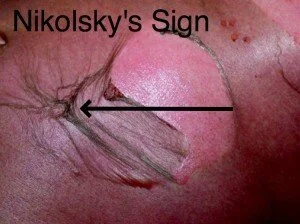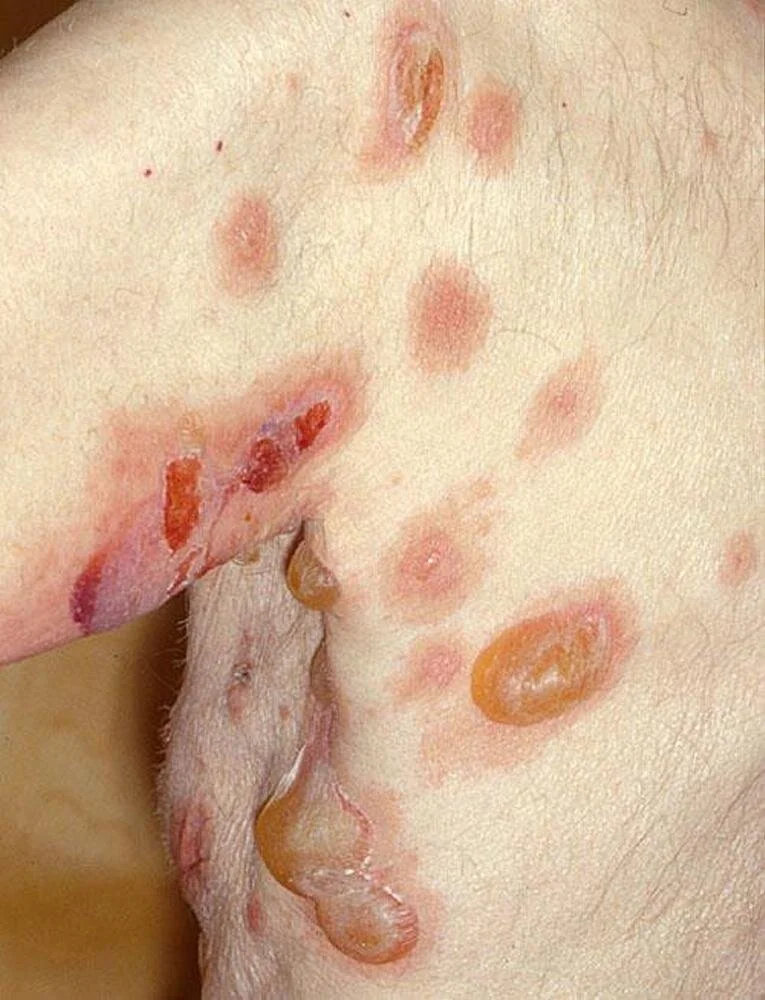Case
76M pmh alcoholic cirrhosis, COPD presenting with altered mental status, vomiting, and diarrhea. Pt has been on a 3-day cocaine binge with increasing confusion and decreased oral intake. No fevers/chills, hematemesis.
Pt is hypotensive 80/40s despite 1 L. Pt is awake and alert but confused, aox0. Pt hypoglycemic to 45, received D50 with no improvement. K 2.8 but all other labs were normal.
Pt was started on pressors but no significant improvement in BP. The patient’s family stated said that the patient is in an out of hospitals for COPD and was recently discharged and has not been able to take his steroids.
The patient was treated with IV hydrocortisone for presumed adrenal crisis and admitted to MICU. The patient’s mental status gradually improved after a few hours with resolving hypotension and was discharged the next day completely well.
Background
Adrenal glands produced mineralocorticoids, glucocorticoids, and androgens
Adrenal insufficiency affects 1-4/100,000 in the US, 80% from primary addison’s disease, other causes are trauma, drugs, infections, genetic disorders, sudden termination of prolonged glucocorticoid therapy, and pituitary disease (brain tumor/necrosis)
Adrenal insufficiency is extremely difficult to diagnosed in the ED, 44% of cases are diagnosed only after presenting in adrenal crisis
Stressors likely infection, surgery, trauma, emotional stress can exacerbate adrenal insufficiency
Presentation
Insufficiency: general dehydration, weakness, lethargy, AMS, delirium flank/back/abd pain, nausea, vomiting diarrhea, anorexia
Crisis: severe hypotension refractory to IV fluid and vasopressors
Diagnostic Studies
There are no great studies for adrenal insufficiency in the ED, random cortisol levels should not be drawn routinely, cortisol > 34 mcg/dL exclude adrenal crisis and < 15 is suggestive but this test is dependent on the patient’s corticosteroid binding globulin so free cortisol levels are very unreliable
Imaging in the ED is generally not necessary but if there are headaches suggestive of pituitary gland tumor or abdominal pain suggestive of secondary adrenal insufficiency, CTH and CTAP are options that can be used.
Treatment
If adrenal crisis is suspected, steroid should be given
Hydrocortisone 100 IV then 100 mg IV q 8h until acute crisis resolves, usually pt’s hypotension and clinical symptoms improves 1-2hrs after administration of hydrocortisone
50 mg for children 3-12 yo
25 mg IV for children < 3 yo
IVF up to 2-3 L
D5NS can be used as well for hypoglycemia, d50 for severe hypoglycemia
Vasopressors can be used but the patients are often unresponsive
Disposition
Admit to MICU for adrenal crisis
If patient is well appearing and just having weakness or fatigue, the patient can be discharged with followup with an endocrinologist/PMD who can do a normal serum cortisol level and ACTH stimulation tests as well as other extensive testing.
Steroid tapers for chronic steroid users I unfortunately there isn’t an optimal regimen verified by studies
For patients with short term glucocorticoid therapy (less than 3 weeks), you just stop and no taper needs to be given
For more chronic glucocorticoid therapy, it will depend on the dose the patient has been on, infection risk, duration of previous use, danger of underlying illness:
Taper 5-10 mg/d every week from an initial dose > 40 mg prednisone or equivalent/day
Taper 5 mg/d every week at prednisone doses 40-20 mg/d
Taper 2.5 mg/d every two weeks at prednisone 20-10mg/d
Taper 1 mg/d every 2 weeks at prednisone 10-5 mg/d
Generally we will only give 1-2 week course of medications from the ED, so make sure to do the calculations and give endocrine follow-up
Takeaways
For patients who are chronically on steroids often times for COPD, rheumatoid arthritis, crohn’s, etc. ask when the last time the patient had steroids; the patient might benefit from a steroid taper to prevent withdrawal.
Adrenal crisis is extremely rare and one should not wait for cortisol levels for a patient who is hypotensive and non-responsive to IVF/pressors. (often times, it’s just going to be that septic old patient that comes in with no clear history that’s unresponsive to pressors)






